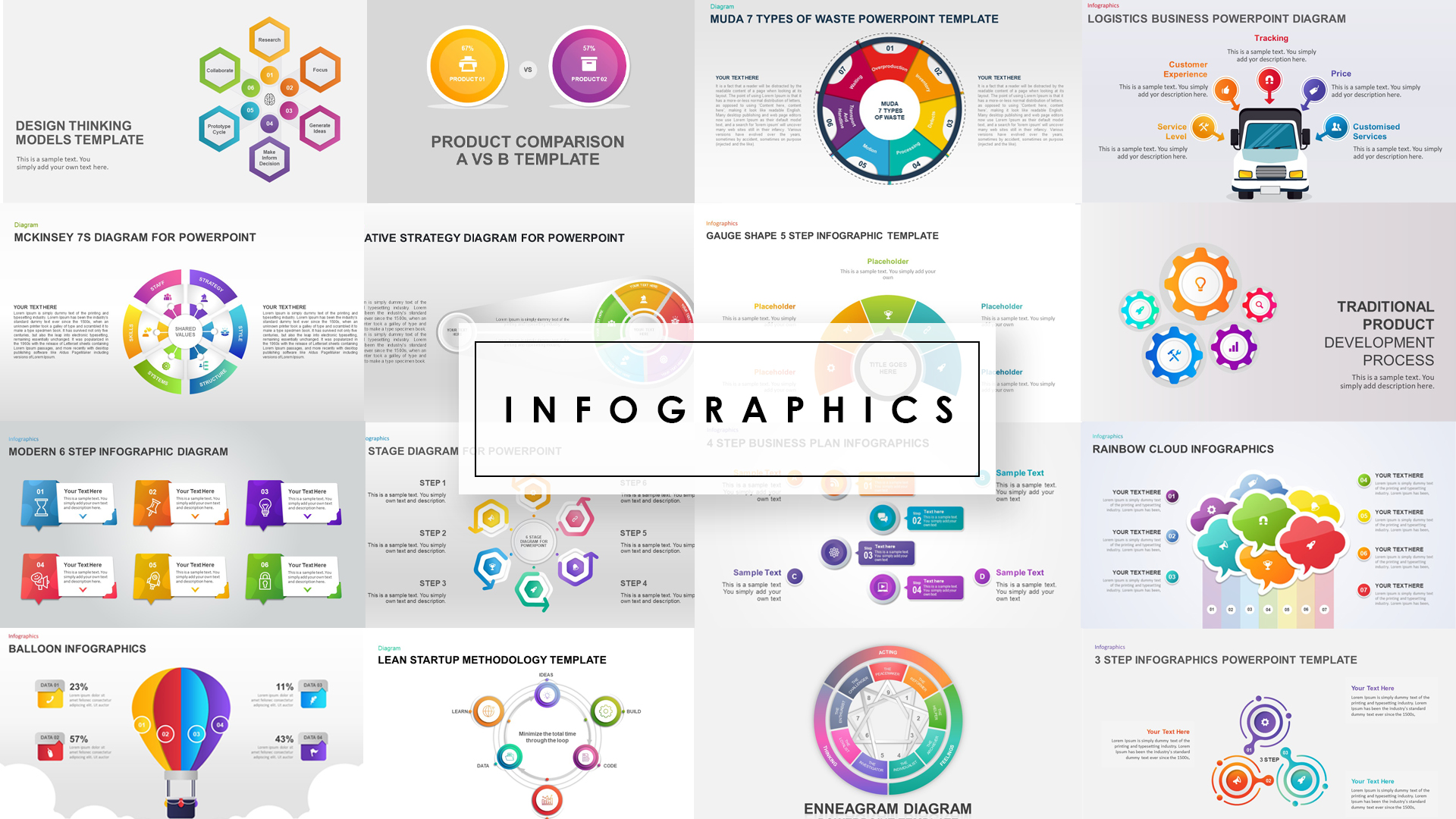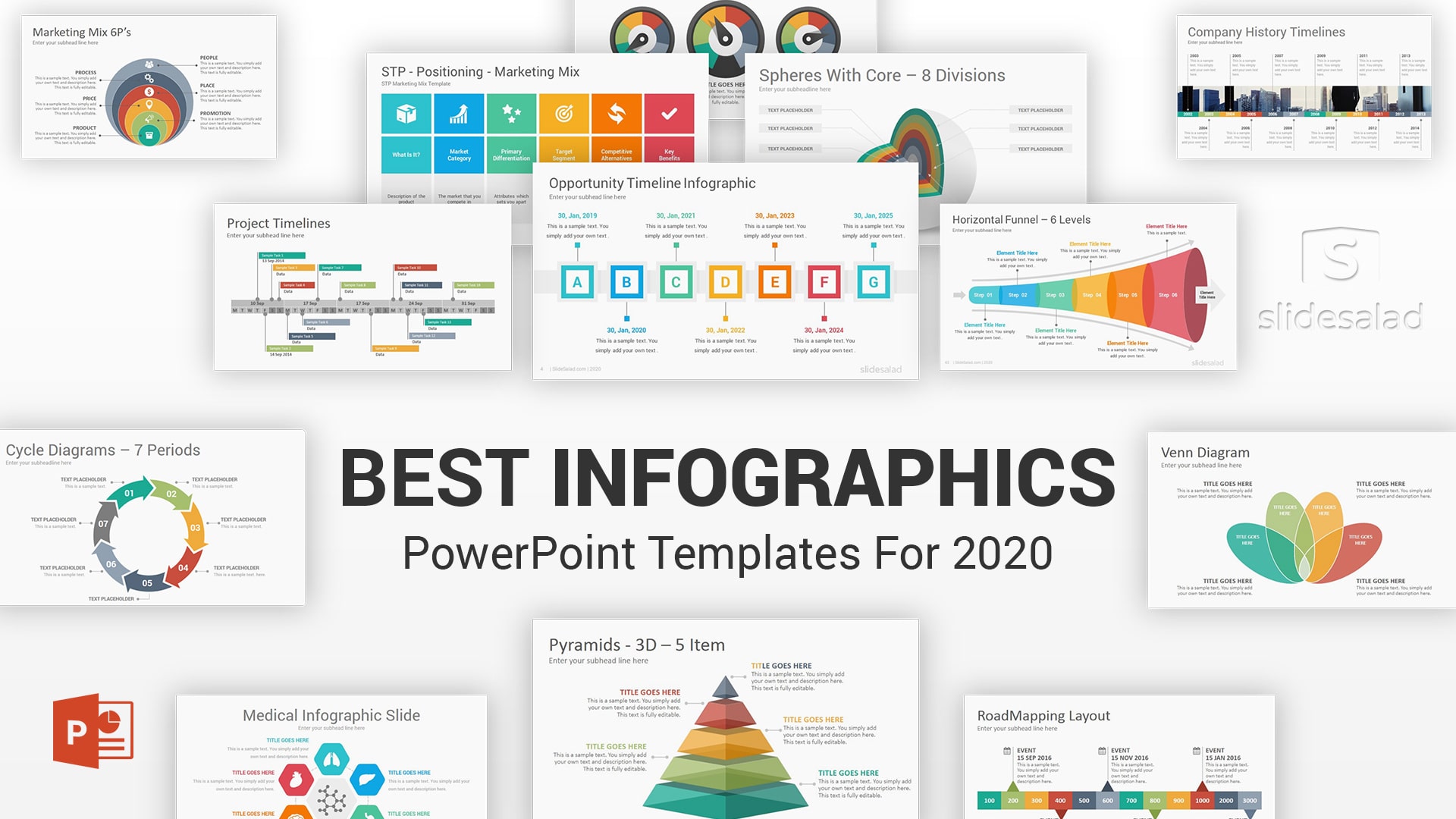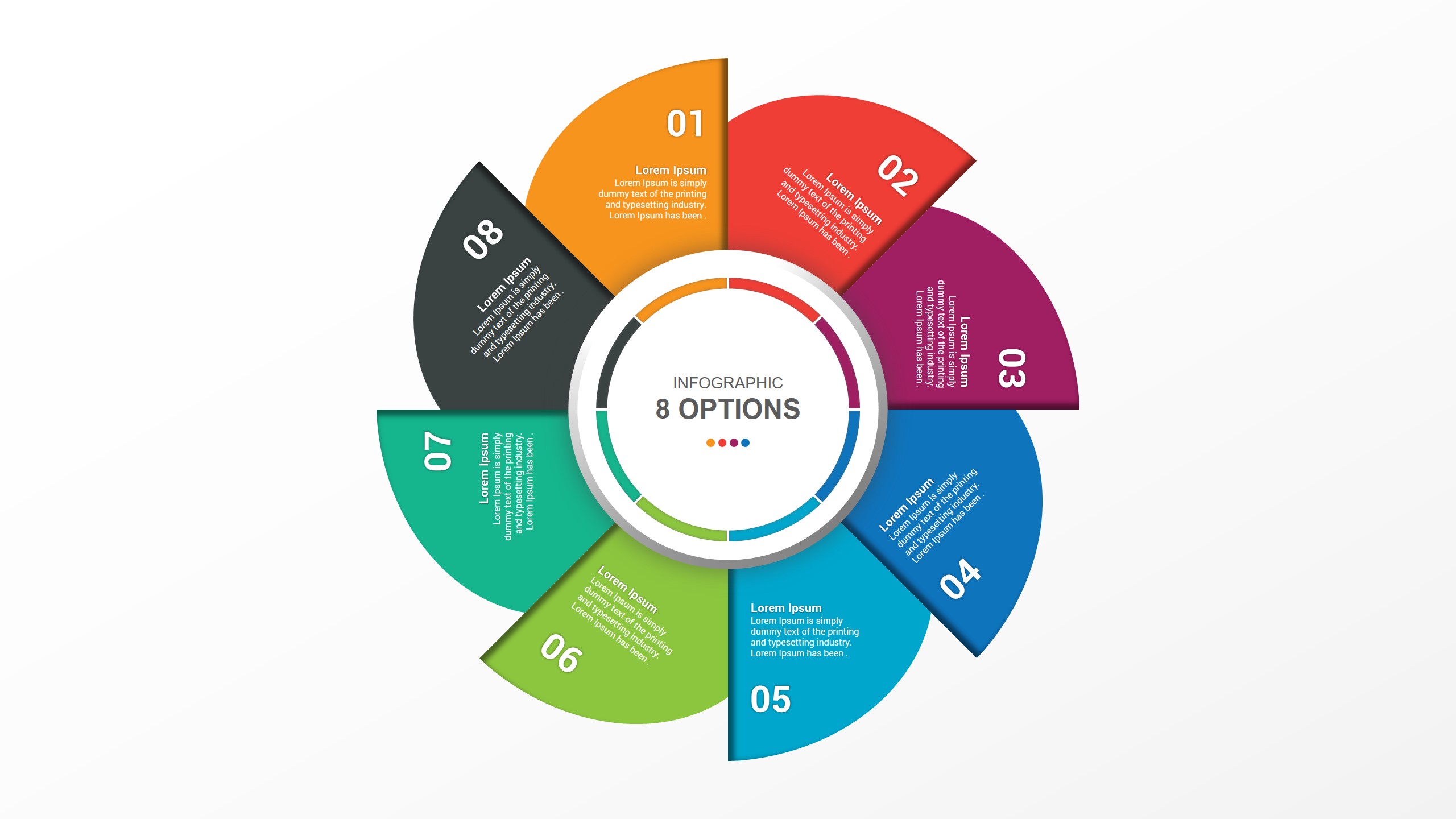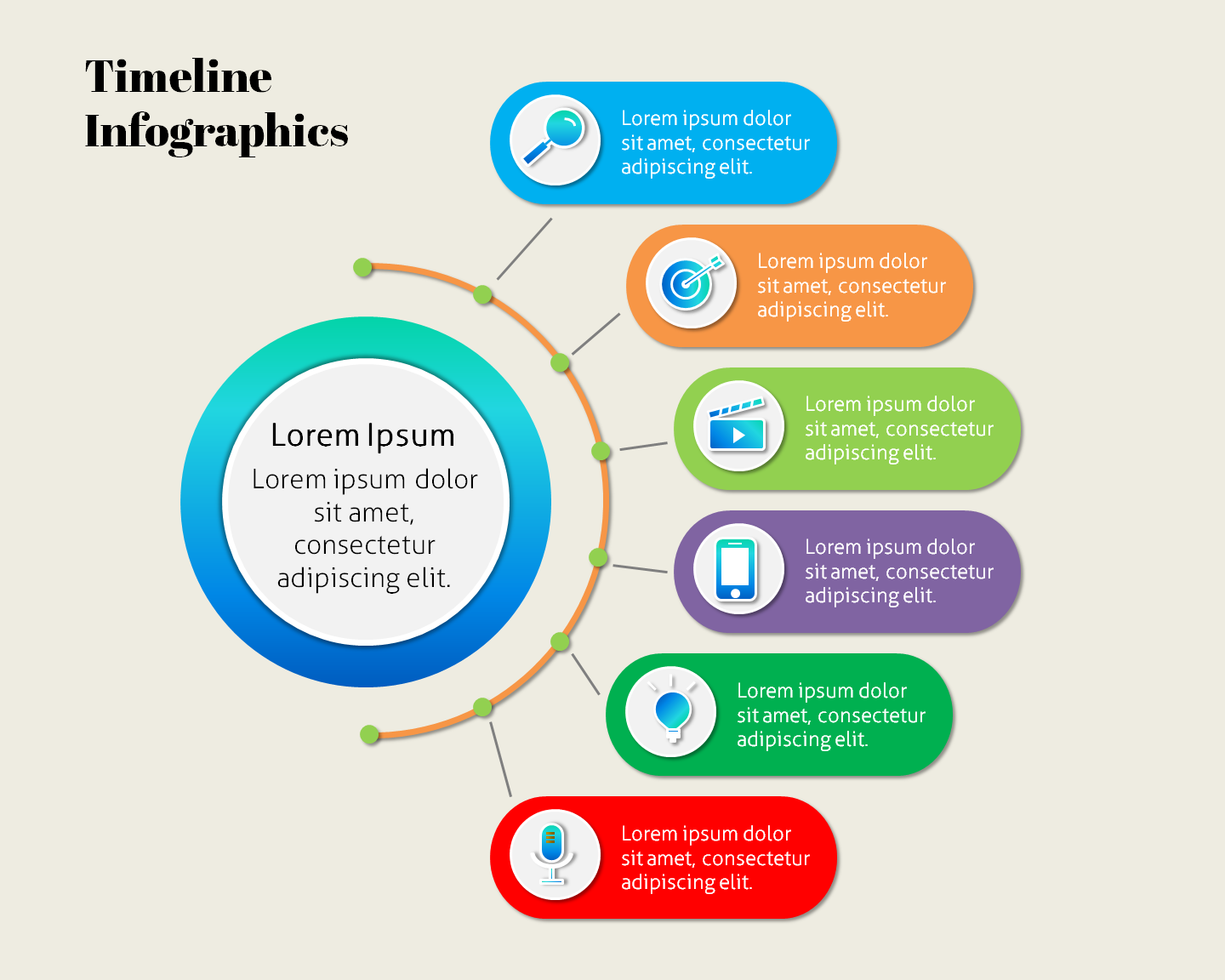Infographic Templates For Powerpoint
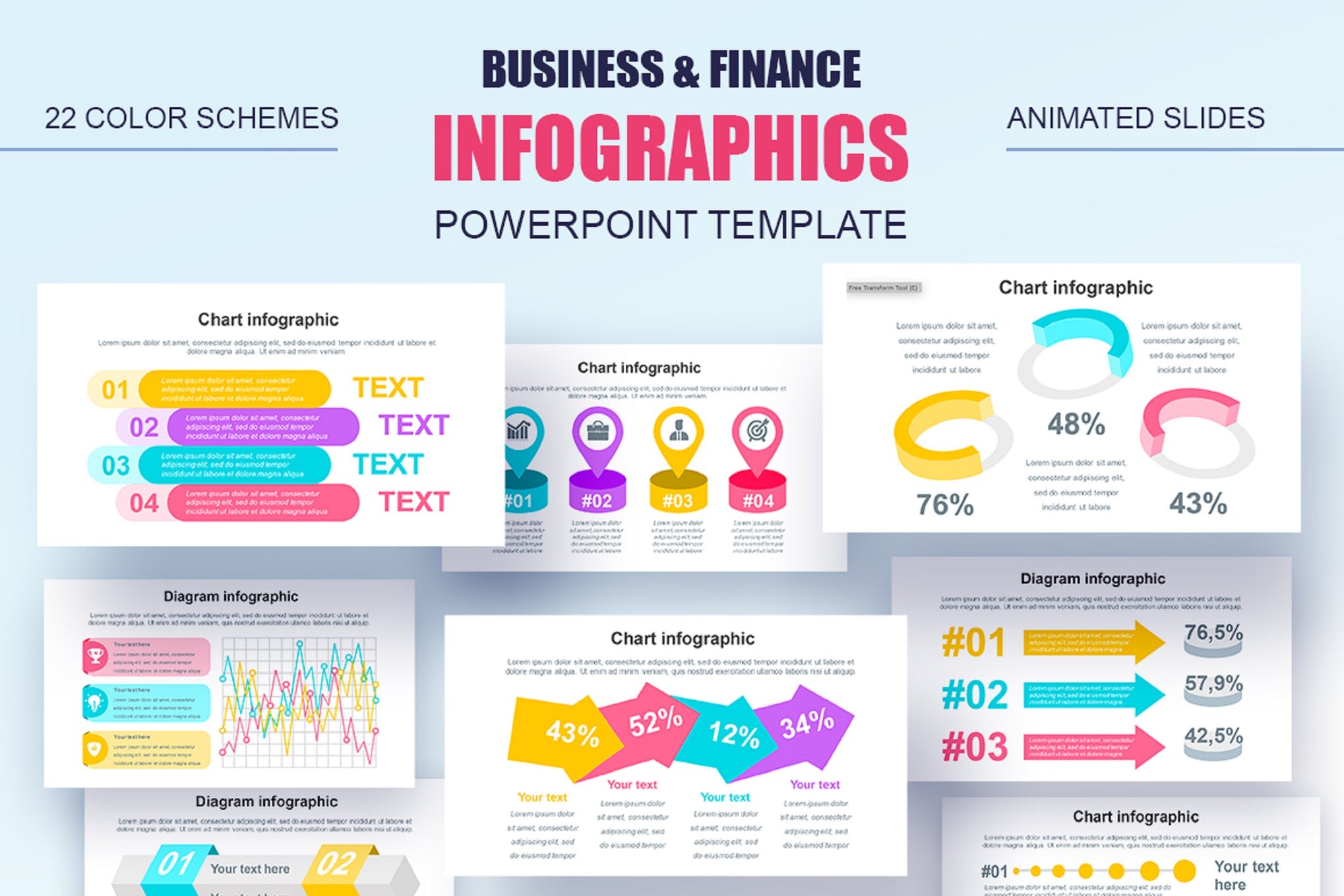
In today's data-saturated world, professionals across industries are grappling with the challenge of conveying complex information concisely and engagingly. From boardrooms to classrooms, the need to transform raw data into digestible narratives is paramount. The pressure to communicate effectively has fueled a surge in the adoption of infographic templates for PowerPoint, tools designed to simplify data visualization and enhance presentations.
At the heart of this trend lies a simple premise: visual communication is more impactful than text-heavy slides. This article delves into the growing popularity of PowerPoint infographic templates, examining their benefits, limitations, and the evolving landscape of data presentation. We'll explore how these templates are reshaping the way information is shared and absorbed, while also considering the critical considerations users must bear in mind to avoid common pitfalls.
The Rise of Visual Communication
The human brain processes visual information significantly faster than text. Studies show that visuals are processed 60,000 times faster than text, making infographics an efficient tool for capturing and retaining audience attention. Microsoft PowerPoint, a ubiquitous presentation software, has become the platform of choice for leveraging these templates.
Infographic templates offer a pre-designed framework for presenting data in a visually appealing manner. These templates often include charts, graphs, icons, and layouts designed to simplify complex datasets and highlight key insights.
Benefits of Using Infographic Templates
One of the primary advantages of using PowerPoint infographic templates is the significant time savings they offer. Instead of building visuals from scratch, users can simply plug their data into the pre-existing framework, reducing design time considerably.
These templates also contribute to a more consistent and professional presentation. By adhering to a unified design aesthetic, presenters can ensure that their message is communicated clearly and effectively. Many providers offer a range of styles, allowing users to select templates that align with their brand identity.
Accessibility is another key benefit. Numerous free and premium infographic templates are available online, catering to various budgets and design preferences. This democratization of design tools empowers individuals with limited graphic design skills to create compelling visuals.
Navigating the Template Landscape
The availability of infographic templates is vast, ranging from free options to premium subscriptions. Free templates can be a good starting point, but they often come with limitations in terms of customization and design quality.
Premium templates, on the other hand, typically offer a wider range of design options, more sophisticated visuals, and dedicated customer support. Websites like Envato Elements and GraphicRiver offer a wide variety of professionally designed infographic templates.
Avoiding Common Pitfalls
While infographic templates can be a powerful tool, it's crucial to use them judiciously. One common mistake is overloading the infographic with too much data. A cluttered design can overwhelm the audience and obscure the key message.
Another pitfall is failing to tailor the template to the specific data being presented. It’s important to select a template that effectively visualizes the type of data being presented, whether it's statistical data, timelines, or comparisons.
Furthermore, neglecting data accuracy can undermine the credibility of the presentation. Always double-check the data and ensure that it is presented accurately and transparently.
The Future of Infographic Templates
The trend toward visual communication is likely to continue, driven by advancements in technology and the increasing demand for engaging content. We can expect to see infographic templates become even more sophisticated, incorporating interactive elements and dynamic data updates.
Artificial intelligence (AI) may also play a role in the future of infographic templates. AI-powered tools could automatically generate data visualizations based on user input, further streamlining the design process.
Ultimately, the key to successful data presentation lies in striking a balance between aesthetics and substance. By carefully selecting and customizing infographic templates, professionals can transform complex data into compelling narratives that inform, engage, and inspire their audiences. As **David McCandless**, author of "Information is Beautiful", aptly put it: "Data is the new soil." Infographic templates provide the tools to cultivate that soil and harvest its potential.
